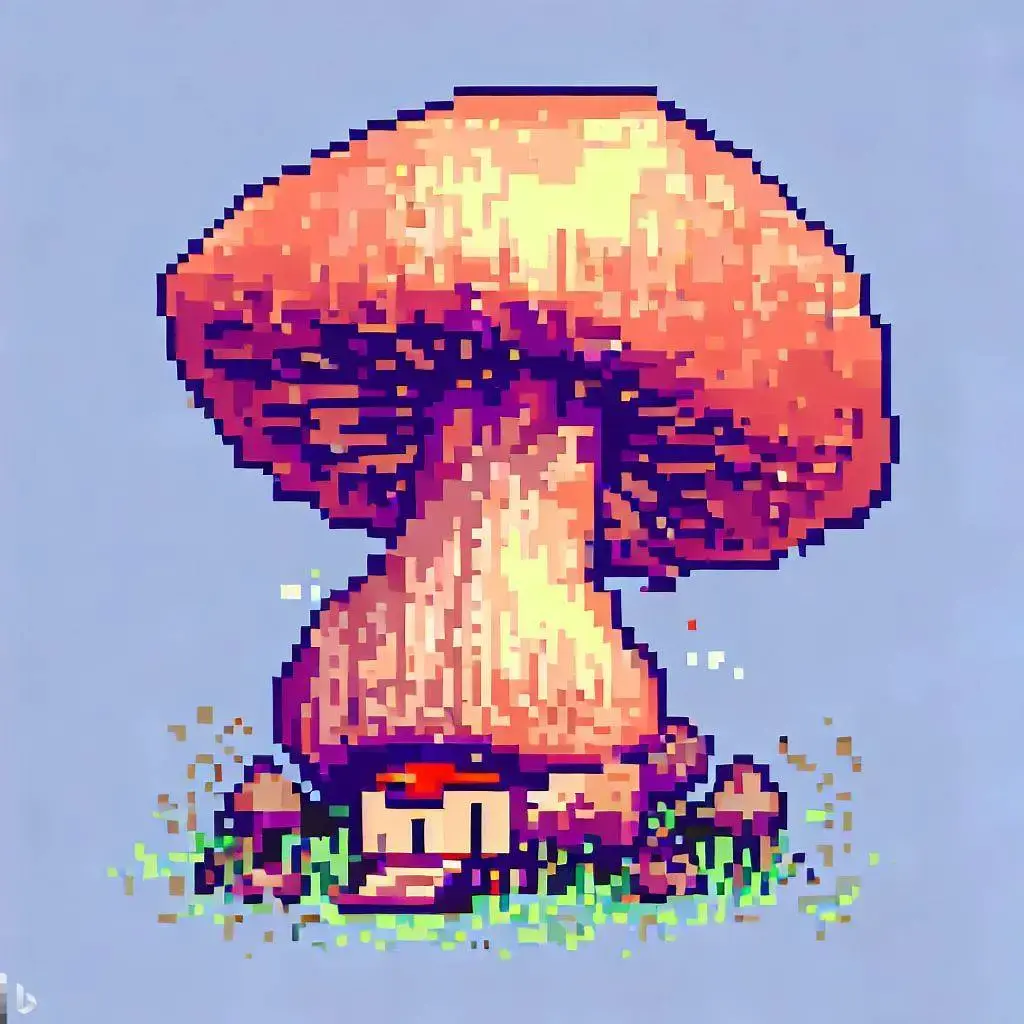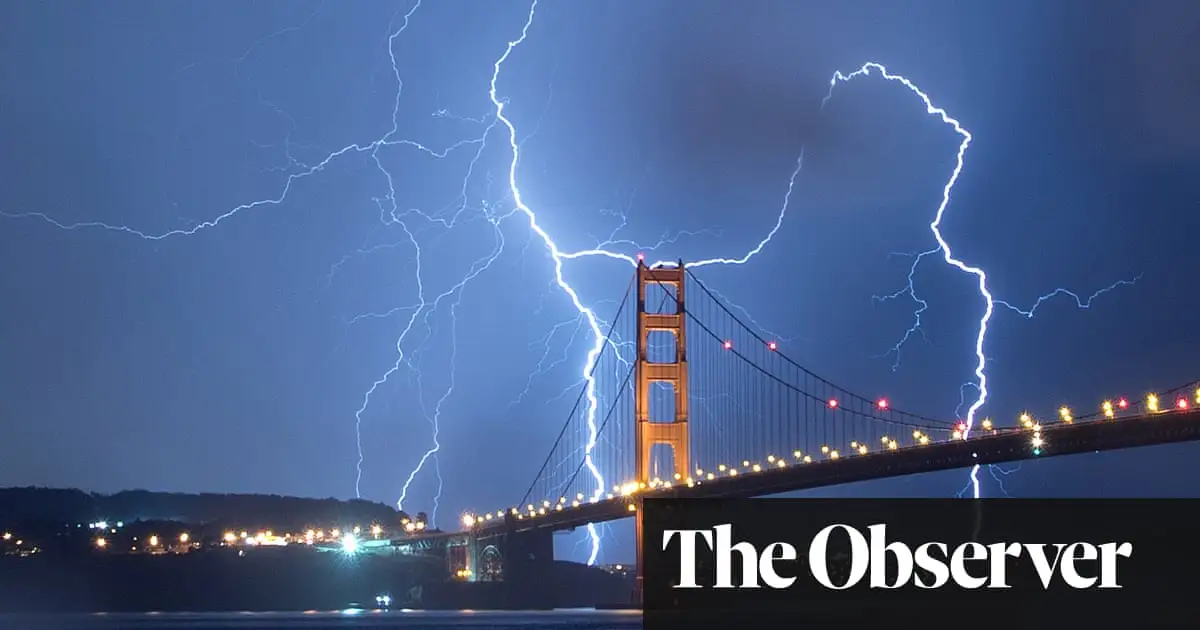- cross-posted to:
- science@mander.xyz
- science@kbin.social

The result is a thin grey disc measuring 4cm (1.5in) across. According to the Lyubchyks, one of these devices can generate a relatively modest 1.5 volts and 10 milliamps.
This is the available prototype, the researchers are now moving to see how well it can scale (stacking 10k to 30k of these together to power a house).
But even as it is, this already has potential applications. It can power very small fans and lights. You can charge a capacitor and use it as an electric firestarter in a survival situation.
This would be most effective where solar energy would be less effective, in muggy, humid areas with frequent rains.

It’d take quite a few more to power anything vaguely first/second world houselike…
Watts=voltsamps. 1.5v0.01a=0.015w. That makes 67 per watt, presumably at ideal lab conditions. 670 per ten watts, 6,700 for 100, 67,000 for 1000, of course.
For reference a old slow phone charger is 5w, new ones are commonly 10-18. Household led bulbs 2-10 watts, incandescent 40-100. Any heating device (space heater, hair dryer, toaster) tends to be 1500w to 1875w.
I sometimes live in a van with 750w of solar panels, and if you’re especially energy conscious, it’s a very reasonable amount of power in the summer, but it’s also easy to blow through, especially if you’re using any of it for temperature control or cooking, or it’s winter, cloudy, shady, or worst, a combo.
Still always exciting to see new energy generation tech, fingers crossed it gets cheaper and more effecient and doesn’t end up in the energy tech graveyard.

10kWh per day is the average UK electricity consumption rate according to the article and it was 20 000 of said generation units to power that, I misread it. You’re right, I’ll fix my comment.

Here in Ottawa it would be perfect for June through September; this morning when I woke up we were at 90% humidity. I wonder if it could be scaled up to counter the cost of air conditioning…

That’s a lovely piece of science reporting. It’s refreshing to see a serious discussion of how long and tricky the journey from prototype to mass-market product can be.

Could be useful for small sensors to replace batteries in remote areas.

That’s neat. It could see it being especially useful in hard to reach places or where real estate is limited. Like up high in the mountains or on islands, where you have a fair amount of humidity (when it’s not freezing).

